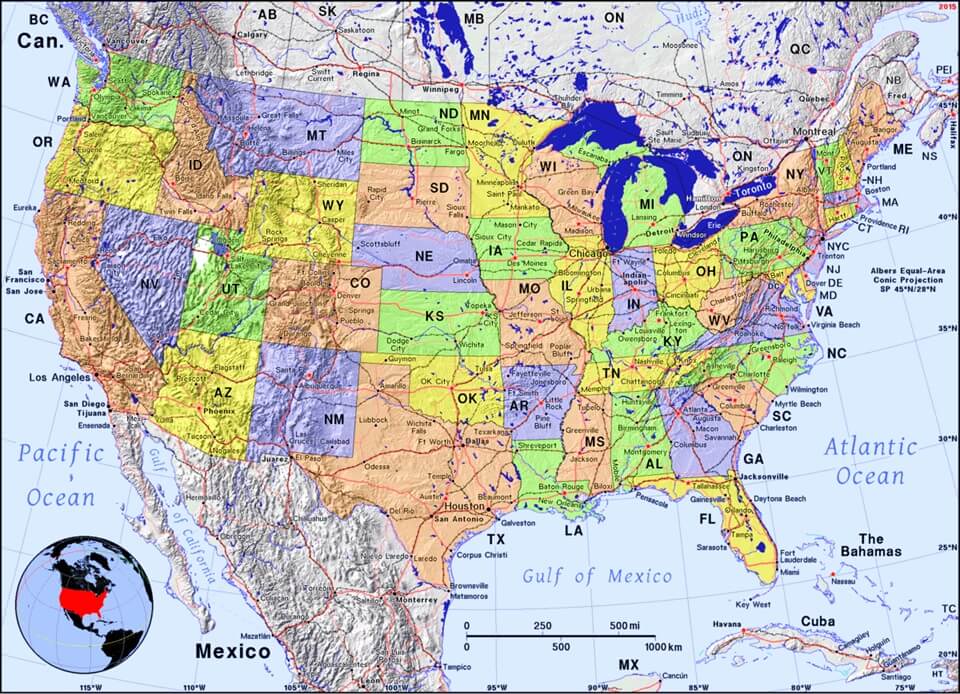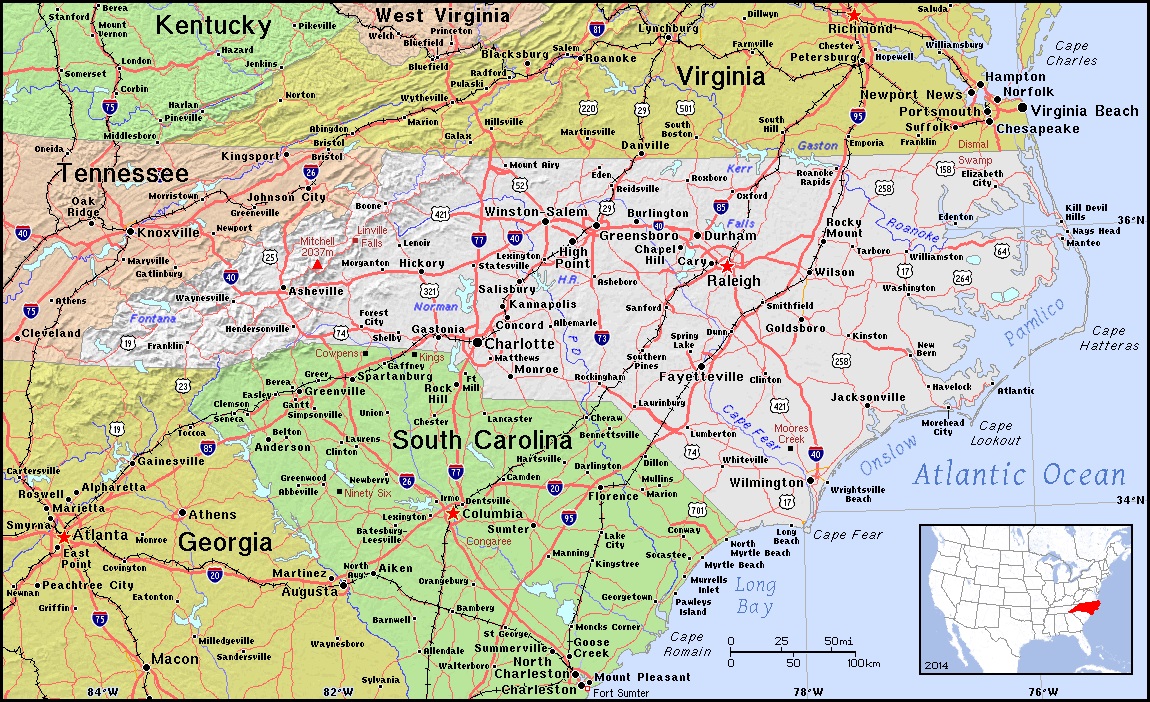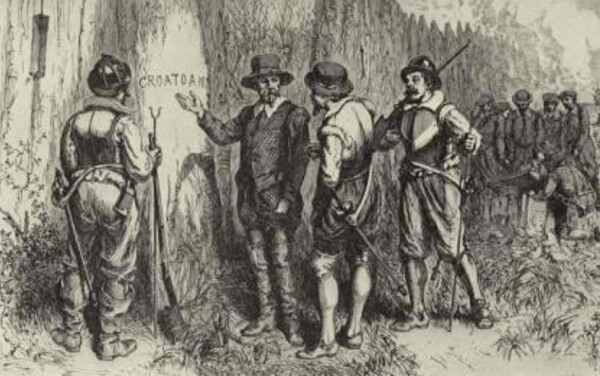Activity 1: Narrate the Chapter
- Narrate the chapter events aloud in your own words.
Activity 2: Can You Find It?
Find the following in the lesson picture:
- Something Abbreviated SC
- Barn
- Tobacco Leaves
- Spokes
- Field
- Evergreen Trees
Activity 3: Map the Chapter
- Point out North Carolina (NC), where Amidas and Barlowe landed and met friendly American Indians.
- Point out the modern state of Virginia (VA).
- Point out the land called Virginia at the time of Sir Walter Raleigh.
- Remember, that at the time, the old Virginia was stretched along the eastern coast of the United States from Maine (ME) to Georgia (GA).
- Zoom in to find the city of Manteo on Roanoke Island, off the coast of North Carolina.
- Find the capital city of the state of North Carolina, named Raleigh for Sir Walter Raleigh.
Activity 4: Learn the Mystery of Roanoke Colony
- The Roanoke Colony was England's first attempt at a permanent settlement in North America.
- The people of the colony disappeared under mysterious circumstances, leaving behind an empty fort.
- The colonists and their bodies were never found.
- The only clue found was the word, 'CROATOAN' carved into Roanoke's fort palisade.
- Hypotheses include that the colonists were taken in or killed by the local Croatan Indians.
Activity 5: Play the State Names and Locations Game
- Play the online state names and locations game.
- Until children become better familiar with the states, they may wish to freely use a separate, labeled map of the states as a lookup reference.
- https://www.bls.gov/k12/content/games/geography-quiz/geography-quiz.htm
Activity 6: Complete Copywork, Narration, Dictation, and Mapwork

- Click the crayon above. Complete pages 8-9 of 'American History Copywork, Narration, Dictation, and Mapwork for Fourth Grade.'
 A History of the United States and its People
A History of the United States
A History of the United States and its People
A History of the United States


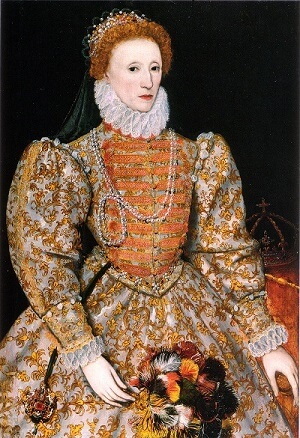
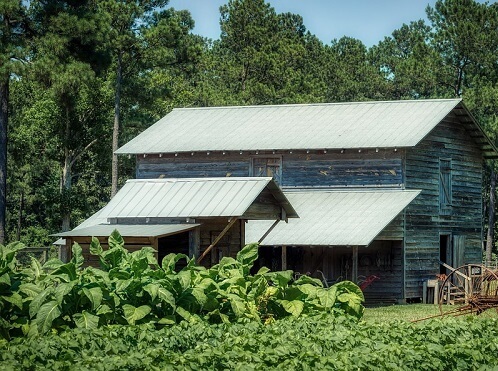
 A History of the United States and its People
A History of the United States
A History of the United States and its People
A History of the United States


